Foreigners, locals—we must communicate!
I moved to San Telmo in 2005, when Argentina was still recovering from the economic crisis. At the time, San Telmo seemed like an affordable, somewhat unsafe but charming neighborhood. Now it is one of the most sought-after areas of the city for both tourists and porteños, and residents are experiencing the shocks of a major tourism boom and its quiet shadow—gentrification.
I happen to be a seasoned veteran of tourism booms and gentrification waves. Growing up in Hawaii, I watched tides of visitors sweep across our shores over several decades, enough time to reflect on what it means to live in a place that everyone wants to visit. My generation in Hawaii grew up resentful of the hordes of visitors who come each year to spend their vacation in paradise, unaware of the socio-economic and environmental costs of their presence—costs that are inevitably carried by local residents.
It’s easy to grow hostile when you watch your home transformed into something unrecognizable and inaccessible even to you. In recent years, my hometown of Kailua on the island of Oahu has been “discovered” in much the same way that Buenos Aires and San Telmo have been “discovered,” with the result that real estate prices have skyrocketed and what was once a sleepy beach town has become a well-heeled vacation home for retirees from the continental United States.
Ironically, I find myself watching many of the same dynamics here in Buenos Aires, which has become an overnight “hot destination” for the first time since travel has become a massive global industry. Only I am now on the other side of the equation, as one of the “recent arrivals” attracted to Buenos Aires and San Telmo–like many expats–for its European charm at Latin American prices. In Hawaii, I learned to recognize the early warning signs of a community’s identity under threat from an “outsider invasion.” Now, I am in the difficult position of seeing some of these signs emerge in San Telmo, while realizing my presence here is one of them.
However, I also learned in Hawaii (working in social development and community journalism) that there is hardly ever a “bad guy” in these conflicts of interests, only bad communication. With tourism for example, one can’t blame tourists for not respecting local culture or sensitivities if they’re not educated to start with. The responsibility also lies with residents and local authorities, who must provide visitors with the information they need in order to make respectful choices. Of course, tourists must pay attention to that information. And when both sides act responsibly, as is the case in some community-owned-and-operated tourism operations I’ve seen in Hawaii, both sides win.
I’ve fallen in love with this sleepy barrio’s cobblestone streets and emblematic porteño character, and I’ve watched closely as more and more of it goes through the facelift that tourism magnets produce: old buildings and conventillos turning into brightly painted hostels; neighborhood cafes closing down and resurfacing as glitzy boutiques; chic restaurants catering to a new market of youthful, cosmopolitan tastes; and the expansion of bars and late-night parties into what were previously quiet residential blocks.
On the one hand, as many local business owners and residents will argue, these changes are positive: San Telmo is no longer one of the more dangerous neighborhoods in central Buenos Aires. It’s more prosperous than it has been in years, and there is a vibrant energy and excitement in the air brought by entrepreneurs, visitors, expats, and a growing population of artists and bohemians who see in San Telmo the authenticity and creative possibilities that Palermo Viejo no longer has.
But on the other hand, there are quiet losses that only those who really know the neighborhood can register. The departure of old clientele at corner cafés; the exodus of longtime residents and businesses who can no longer afford rents or want to cash in on soaring real estate prices; the loss of familiarity in daily human interactions as more new faces and languages makes communication and familiarity harder to maintain.
Nevertheless, I feel hopeful about San Telmo’s future. I think that the transformations underway are not so advanced that the soul of San Telmo will be irrevocably lost. But the preservation of this small community’s historic and neighborhood spirit will depend on something so simple it is often overlooked: communication.
Communication is the lifeblood of any community; it is what enables its members to establish and reinforce what they have in common, what helps them to face challenges together, what defines the communal values that eventually become so deeply ingrained as to go without saying.
For many years San Telmo’s communal fabric was left to develop without external disturbances. Now, with the arrival of outside influences and investors, that fabric is beginning to stretch and even to tear in places.
In order for San Telmo to survive this period of change, deliberate and honest conversations need to take place that shed light on what is being gained and what is being lost; and to articulate a vision for the neighborhood’s future that is understood and endorsed by the majority. This newspaper is just one vehicle for those conversations to take place. We hope everyone will participate.
—Catherine Black




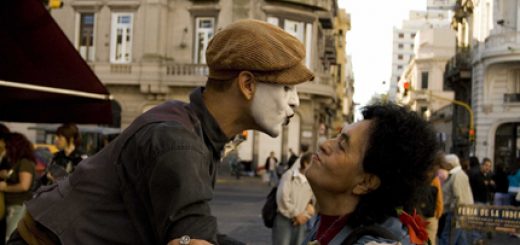











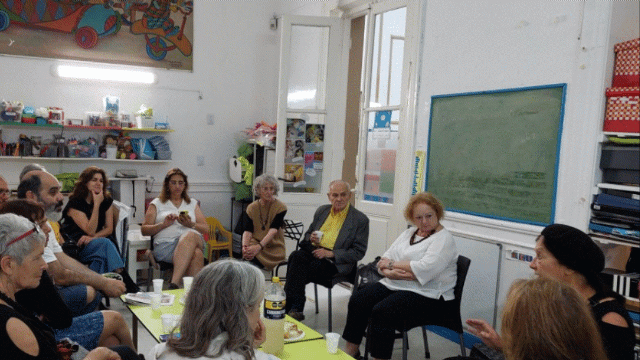
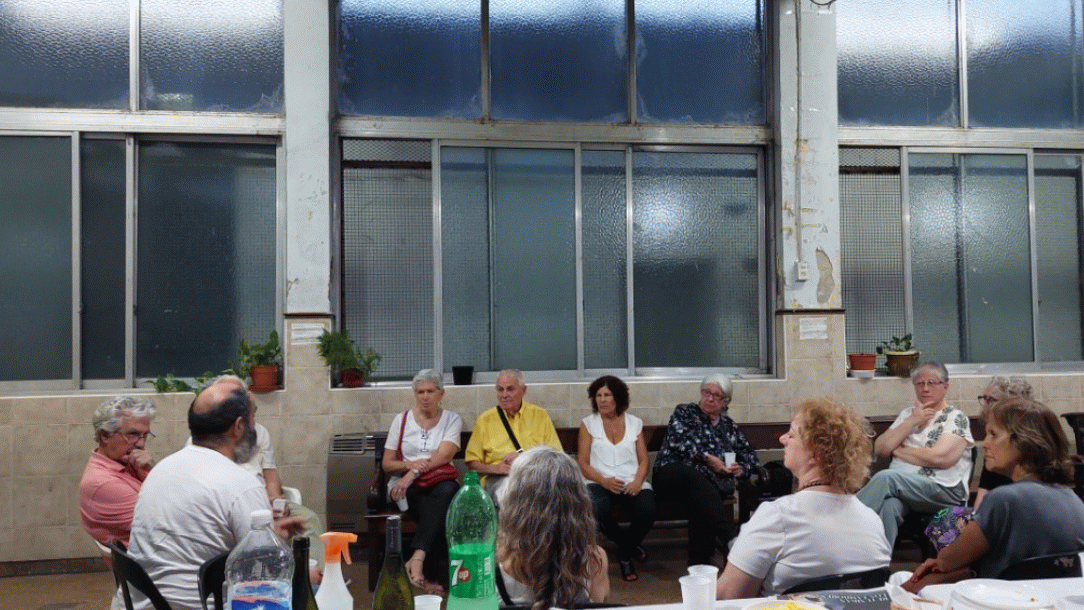
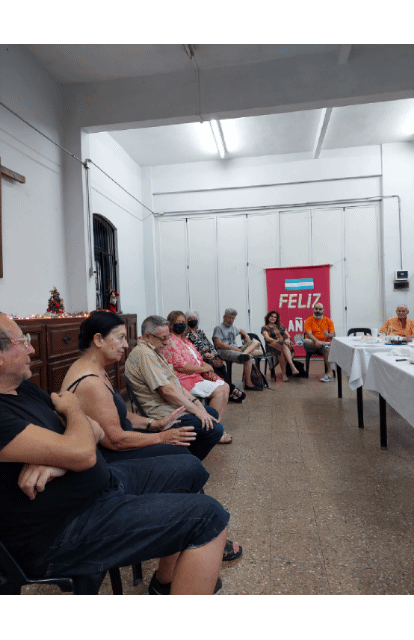
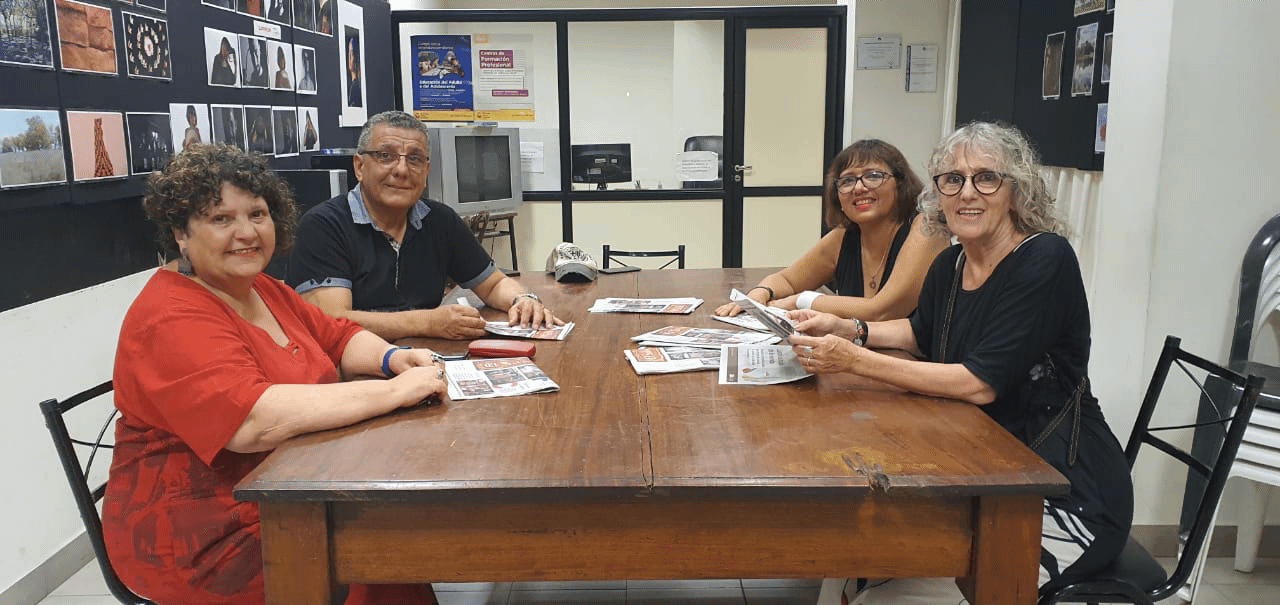
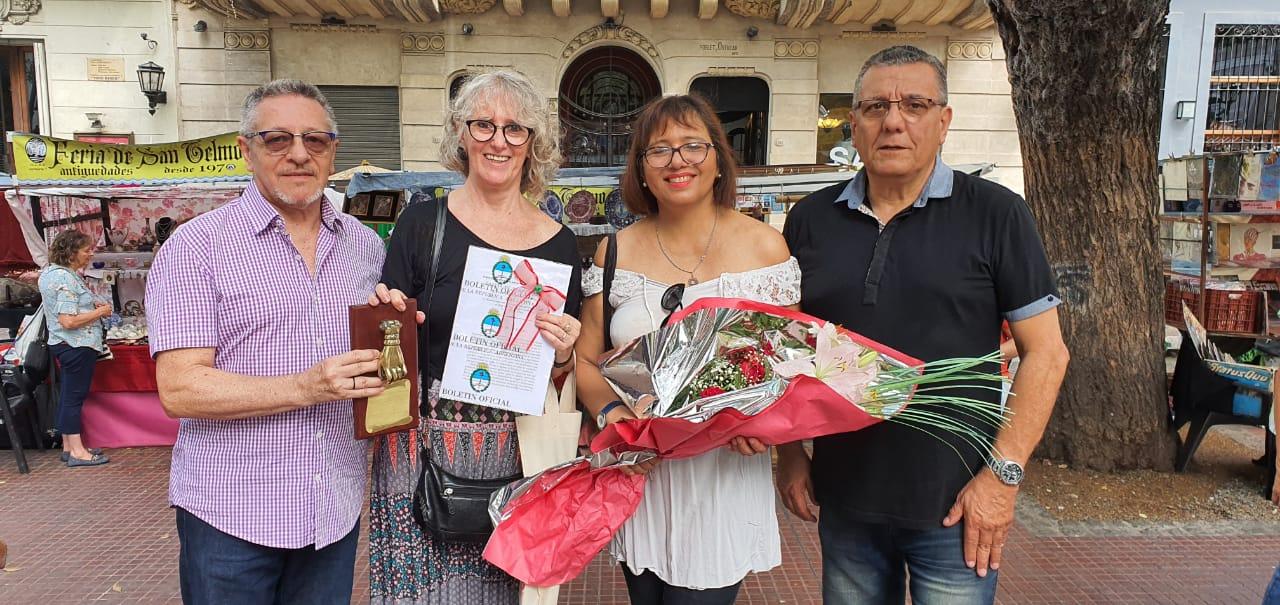
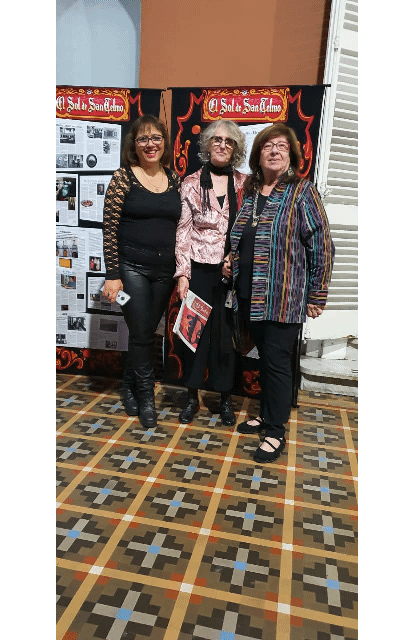
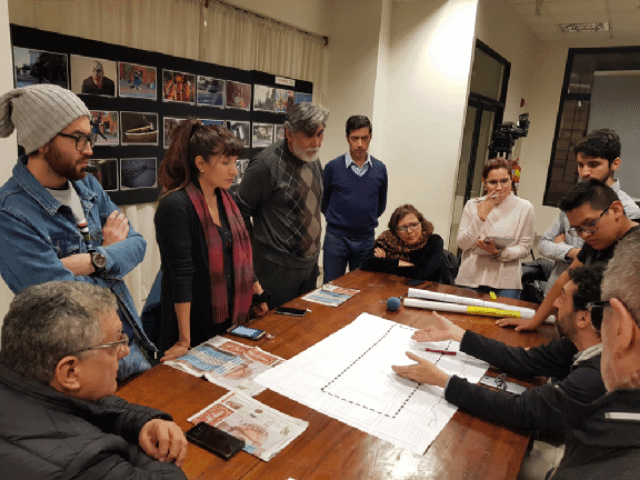
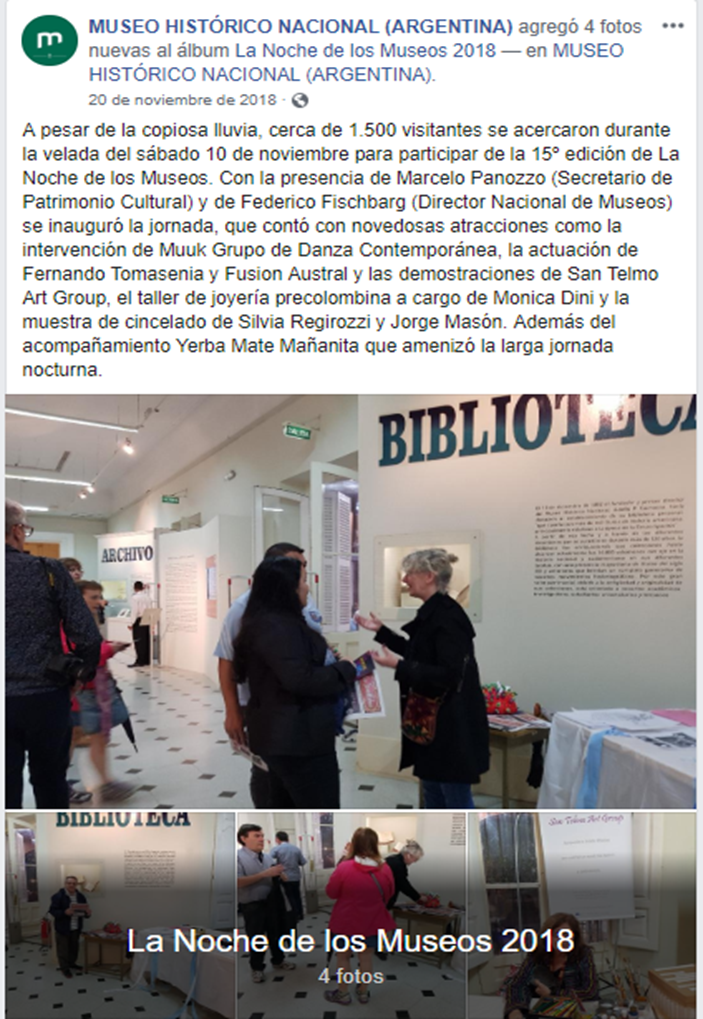
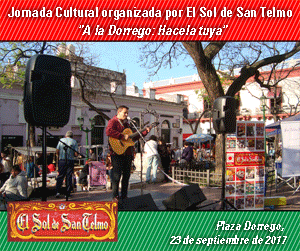

Hi Catherine,
My name is Chikodi Chima and I am a senior, Urban Studies major at Columbia University in New York City. I will be coming to Buenos Aires in December, to research gentrification and tourism, specifically in San Telmo. I was hoping to speak to you about your piece as it relates to the overall context of a foreign influx into the historic center of Buenos Aires. You can contact me by email: [email protected].
Thanks,